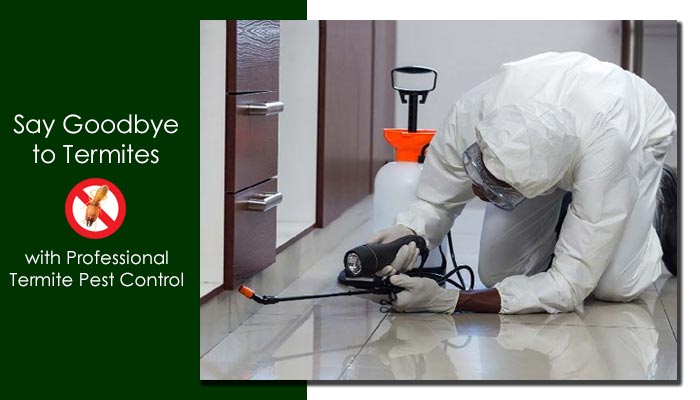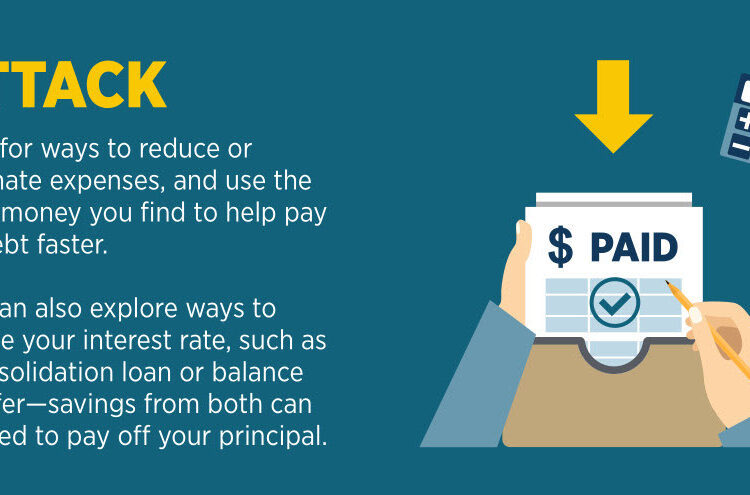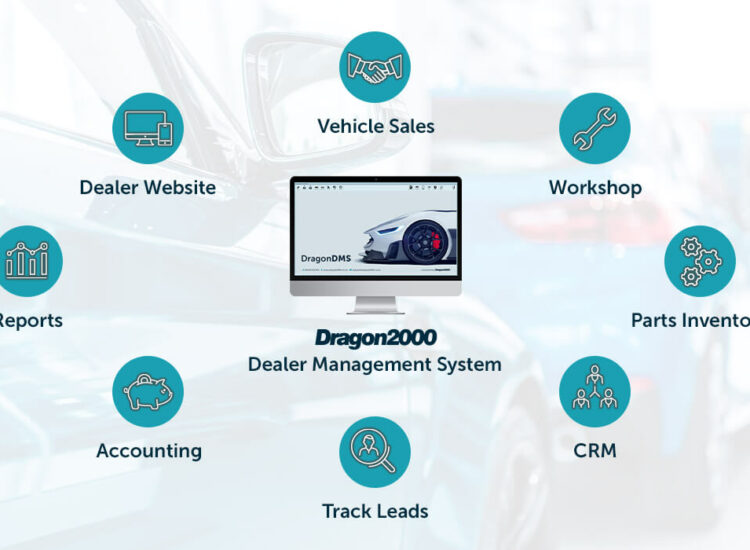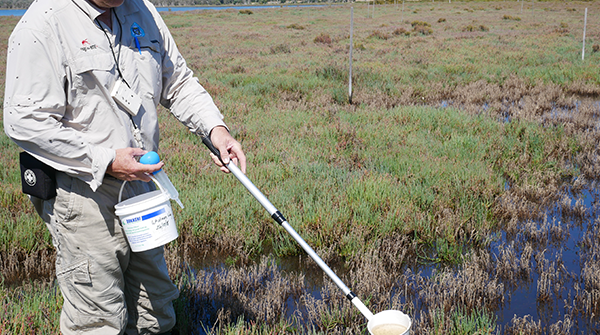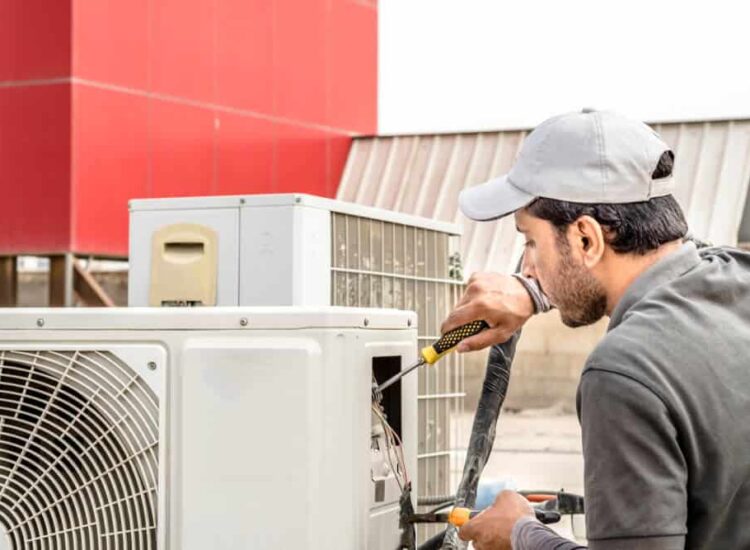Termites and pests can be a major nuisance, causing damage to your home and creating unsanitary living conditions. As a homeowner, it is important to take preventative measures against these pests in order to protect your property and maintain a safe and comfortable living environment.
Toc
- 1. Introduction To termite and Pest Control
- 2. Signs of Infestation of termite and pest
- 3. Termite and Pest Prevention Techniques
- 4. Termite and pest Control Methods
- 5. Bài viết liên quan:
- 6. Choosing the Right Pest Control Professional
- 7. Top Professional Termite and Pest Control Services in US 2024
- 8. Cost of Termite and Pest Control
- 9. Conclusion
In this guide, we will provide you with the knowledge and tips necessary for effective termite and pest control. We will cover topics such as identifying common types of termites and pests, understanding their behavior and habits, implementing preventative measures, and seeking professional assistance when needed.
Introduction To termite and Pest Control
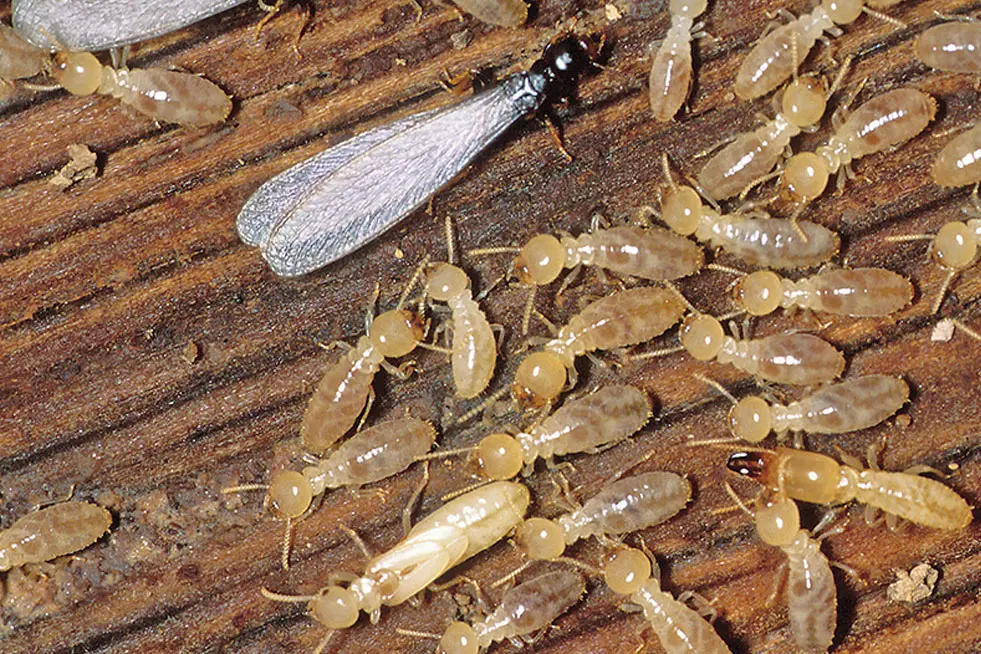
Termite and pest control is essential for homeowners who want to protect their investments and maintain a healthy living environment. Whether it’s termites silently gnawing at your home’s structure or pests wreaking havoc in your pantry, understanding and addressing these threats can save you time, money, and stress.
Identifying Termites and Pests
The first step in effective termite and pest control is being able to identify the type of pest invading your home. This will help determine the most appropriate course of action and treatment methods.
Some common types of termites include:
- Subterranean termites – These pests live in underground colonies and can cause significant damage to the structure of your home.
- Drywood termites – These termites do not require contact with soil and can infest any wooden structure, from furniture to walls.
- Dampwood termites – As the name suggests, these termites are attracted to damp or decaying wood found in homes with moisture issues.
Common types of household pests include:
- Cockroaches – These resilient creatures are known for their quick reproduction and can carry harmful bacteria into your home.
- Ants – While many species of ants are harmless, some can cause structural damage and contaminate food.
- Rodents – Rats and mice not only cause damage to your home but also pose health risks through their droppings and urine.
Understanding the Threat
Termites and common household pests pose significant risks to homes. Termites are notorious for their ability to cause extensive structural damage, while pests like rodents, ants, and cockroaches can contaminate food, spread diseases, and damage property. It is important to understand their behavior and habits in order to effectively prevent and control infestations.
Termites, for example, are constantly searching for new food sources and can enter a home through small cracks and openings. They also thrive in warm, humid environments, making certain areas of your home more susceptible to infestations.
Pests such as cockroaches and rodents are attracted to food sources like crumbs or open garbage cans. They also have the ability to squeeze through small spaces, making it important to seal any potential entry points in your home.
Importance of Proactive Inspections
Regular inspections by pest control professionals can catch infestations early, saving you from costly repairs. “Early detection and prevention are key in protecting your home from termites and pests,” says Dr. Emily Smith, Entomologist. “By having a professional inspect your home annually, you can catch any potential issues before they become major problems.”
Additionally, proactive inspections allow for early identification of potential entry points or conducive conditions in your home that may attract pests. This information can help homeowners take preventative measures to reduce the risk of infestations.
Signs of Infestation of termite and pest
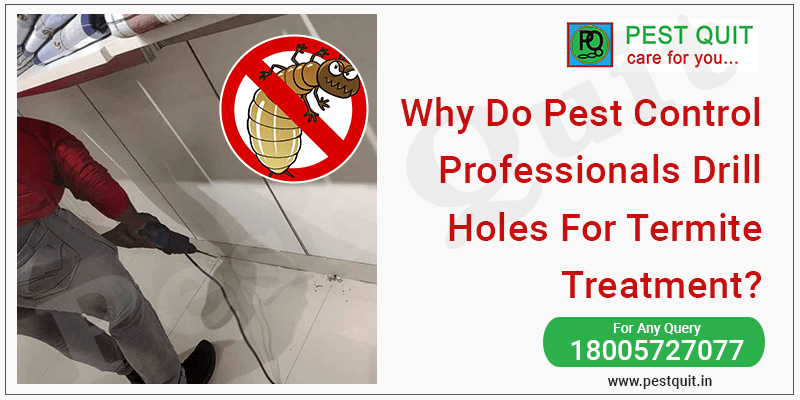
Recognizing the signs of an infestation early can prevent small problems from becoming big ones.
Visible and Less Obvious Signs
- Termites: Mud tubes on walls, hollow-sounding wood, frass (termite droppings).
- Rodents: Droppings, gnawed wires, nests made of shredded materials.
- Ants: Trails of ants, especially in the kitchen.
- Cockroaches: Droppings, egg cases, musty odors.
- Bed Bugs: Bloodstains on sheets, itchy bites, molted exoskeletons.
Causes of Infestation
Certain factors can increase the likelihood of a termite or pest infestation in your home, including:
- Unsealed cracks and openings in walls, doors, and windows.
- Moisture issues such as leaky pipes, standing water, or poor ventilation.
- Improperly sealed food sources or garbage cans.
It is important to address these issues to prevent future infestations. Regularly inspecting your home for these vulnerabilities can also help catch any potential problems early on.
Termite and Pest Prevention Techniques
Preventing termite and pest infestations requires a multifaceted approach that integrates diligent practices, regular maintenance, and awareness of environmental factors. Here are some effective techniques you can implement to safeguard your home:
Seal Entry Points
One of the most critical steps in preventing termite and pest infestations is sealing off potential entry points. Inspect your home for cracks and openings, especially around windows, doors, and the foundation. Use caulk or weather stripping to seal these gaps, as even the smallest openings can allow pests to enter. Additionally, ensure that screens on windows and vents are intact and free from holes.
Maintain a Clean Environment
A clean home is less inviting to pests. Regularly clean your living spaces, focusing on areas where food is prepared and consumed. Ensure that crumbs are promptly swept away, and wipe down surfaces to remove any food residues. Store food in airtight containers and keep garbage bags sealed until they can be disposed of. This not only makes your home less attractive to pests but also promotes a healthier living environment.
Manage Moisture Levels
Moisture is a significant attractant for many pests, including termites. Regularly check for leaks in pipes and faucets, and address any water accumulation promptly. Use dehumidifiers in damp areas and ensure proper drainage around your home’s foundation. Keeping the humidity levels in check can significantly deter pests that thrive in moist environments.
By implementing these prevention techniques, you can create an environment that is not only less appealing to termites and pests but also protects the integrity and safety of your home. Regular maintenance and vigilance are key to maintaining a pest-free living space.
Termite and pest Control Methods
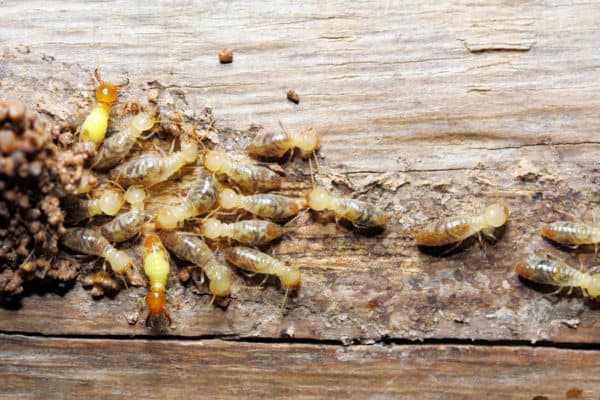
There are also various control methods available for dealing with infestations.
Chemical Treatments
Chemical treatments involve applying pesticides or insecticides to the affected area. These can be effective in killing termites and pests; however, they may also have negative impacts on the environment and human health if not applied properly. It is crucial to hire a trained professional to administer these treatments safely and effectively.
Bài viết liên quan:
- https://shopmayanh.vn/chloes-auto-repair-your-trusted-local-vehicle-experts/
- https://shopmayanh.vn/unlocking-the-power-of-triple-aaa-a-car-owners-ultimate-guide/
- https://shopmayanh.vn/defeating-the-buzz-a-homeowners-guide-to-mosquito-larvae-control/
- https://shopmayanh.vn/ac-compressor-replacement-for-homeowners/
Non-Chemical Treatments
Non-chemical alternatives include using physical barriers or traps, as well as natural methods like diatomaceous earth. These options are generally safer for the environment and pose fewer risks to human health. However, they may not be as effective in eliminating larger infestations and may require continued maintenance to prevent reinfestation.
Integrated Pest Management (IPM)
Integrated Pest Management combines various control methods tailored to specific types of pests. This approach focuses on prevention first, then utilizing chemical or non-chemical treatments only when necessary. IPM also emphasizes ongoing monitoring and regular inspections to catch any potential issues early on.
Choosing the Right Pest Control Professional
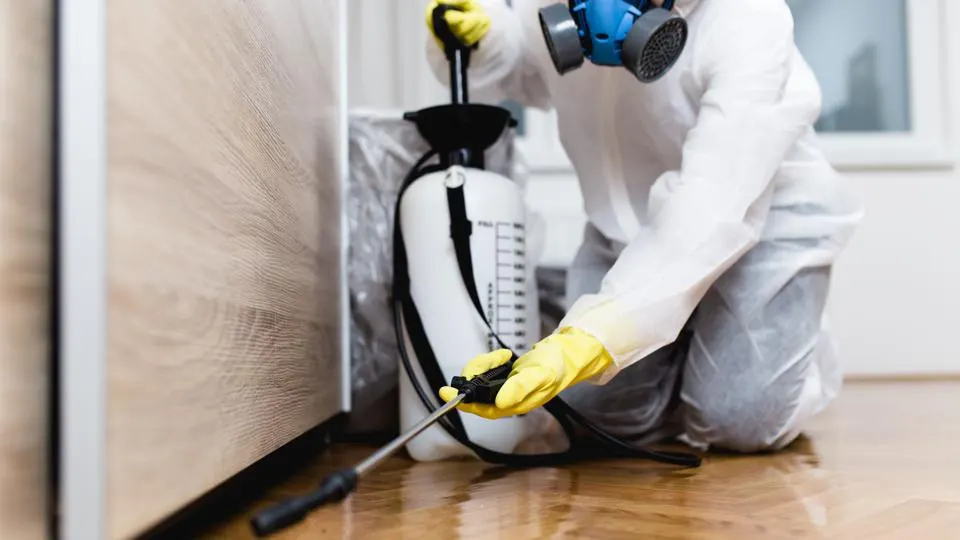
Selecting a qualified pest control professional is essential for effective management and prevention of infestations. Here are some factors to consider when making your choice:
Licensing and Certification
Ensure that the pest control company holds the necessary licenses and certifications in your state. This verifies that they are knowledgeable about local pest issues and are trained to handle chemical applications safely.
Experience and Reputation
Look for a company with a solid track record and positive customer reviews. Experience in handling specific types of pests, such as termites or rodents, can be an indicator of their expertise. Request references and check online reviews to gauge customer satisfaction.
Treatment Options Offered
Inquire about the range of treatment options they provide. A comprehensive pest control service should offer a variety of methods, including both chemical and non-chemical solutions, as well as preventative measures to help reduce the likelihood of future infestations.
Follow-Up Services
A good pest control service should include follow-up inspections and treatments as part of their service. This ensures that any issues are addressed promptly and effectively, reducing the chances of reinfestation.
By carefully evaluating the qualifications and practices of pest control professionals, homeowners can make informed decisions that safeguard their homes against pest threats. Regular maintenance, combined with professional expertise, frames a robust defence against unwanted infestations.
Top Professional Termite and Pest Control Services in US 2024
When it comes to dealing with termite and pest issues, selecting a reliable pest control company can make all the difference. Here are some of the leading pest control services available in the US for 2024:
Terminix
With decades of experience, Terminix is known for its extensive range of pest control services, including specialized termite treatments. Their nationwide coverage and commitment to customer satisfaction make them a popular choice among homeowners.
Orkin
Orkin has built a strong reputation for its integrated pest management solutions. Their trained technicians provide tailored treatments for various pests and offer a comprehensive pest control plan that focuses on prevention as well as eradication.
Rentokil
As an established leader in both residential and commercial pest control, Rentokil offers cutting-edge technology and expert solutions. Their commitment to sustainability ensures environmentally responsible methods are used, alongside effective pest management strategies.
Pestcontrol.com
Pestcontrol.com connects homeowners with local pest control providers, allowing for personalized service and expertise based on specific regional pest challenges. This platform ensures that customers find the best local solutions for their pest problems.
EcoSMART
For those prioritising eco-friendly options, EcoSMART uses entirely natural ingredients to develop their pest control solutions. Their products are designed to be both effective against pests and safe for families and pets, catering to environmentally conscious consumers.
Bulwark Exterminating
Bulwark Exterminating is renowned for its family-oriented approach and customer-centric services. They offer a comprehensive range of pest control solutions and prioritize education to help homeowners understand pest behaviour and prevention strategies. Their technicians are highly trained, ensuring effective treatments that maintain a safe environment for children and pets.
Truly Nolen
Truly Nolen is distinguishable by its unique four-step pest control process, which is tailored to meet the specific needs of each household. They emphasize fast response times and extensive follow-up services, providing peace of mind through ongoing pest management support. Their commitment to customer service and effective treatments has garnered them a loyal customer base.
Aptive Environmental
Aptive Environmental takes an innovative approach by offering a seasonal pest control plan that adjusts treatments based on the pest activity specific to each season. Their thorough inspections and proactive treatments enable homeowners to stay ahead of potential infestations. They also focus on environmentally responsible practices, catering to customers who are conscious about their ecological footprint.
Cost of Termite and Pest Control

Understanding the costs associated with termite and pest control is crucial for homeowners looking to budget appropriately. The prices can vary widely depending on several factors, including the type of pest, the severity of the infestation, and the methods used for treatment.
Average Cost Breakdown
- Initial Inspection: Many pest control companies offer free initial inspections, while others may charge a fee ranging from $50 to $200. This inspection is critical to assess the pest situation adequately.
- Treatment Costs: For typical pest issues, homeowners can expect to pay between $100 to $300 for initial treatment. For termites, treatments can be more expensive, often ranging from $300 to $1,500, depending on the extent of infestation and the treatment method chosen.
- Ongoing Maintenance: Regular pest control maintenance plans may cost anywhere from $40 to $70 per month. These plans often include scheduled inspections and preventative treatments to help avoid future infestations.
Additional Factors Influencing Costs
- Geographic Location: Prices can vary significantly by region, with urban areas generally experiencing higher rates than rural locales due to increased demand and operational costs.
- Type of Day Treatment: The choice between chemical and non-chemical treatments can also impact overall costs. While environmentally friendly options might initially cost more, they could lead to long-term savings by preventing future infestations.
By understanding these costs, homeowners can better prepare for the financial aspect of pest control and make informed decisions about the best course of action for their homes. Overall, investing in professional termite and pest control services can potentially save homeowners from costly damages and provide peace of mind knowing their homes are protected. With the many reputable companies available, homeowners have a range of options to choose from when it comes to safeguarding their homes against unwanted pests. It is essential to prioritize regular maintenance and work with trusted professionals for effective and long-term pest management solutions. So don’t wait until an infestation occurs – be proactive and choose one of these top professional termite and pest control services in the US for 2024 to keep your home safe and secure.
Additional tips for preventing termite and pest infestations
While professional pest control is crucial for managing and eliminating infestations, there are also steps homeowners can take to prevent them from occurring in the first place. Some additional tips for preventing termite and pest infestations include:
- Regularly inspecting your home: Conduct routine checks around your home to identify any signs of potential pest entry points or damage.
- Eliminating sources of food and water: Pests are attracted to food and water sources, so it is essential to keep your home clean and tidy. Repair any leaky pipes or faucets, store food in airtight containers, and regularly empty garbage cans.
- Sealing cracks and gaps: Pests can enter through even the smallest openings in your home. Seal any cracks or gaps in doors, windows, and walls to prevent their entry.
- Keeping outdoor areas tidy: Trim bushes and trees away from your home, store firewood at least 20 feet away, and regularly clean up debris and clutter in your yard to make it less inviting for pests.
Conclusion
In conclusion, maintaining a pest-free home requires a combination of proactive measures and professional intervention. Homeowners should remain vigilant in their efforts to inspect for potential infestations, eliminate attractants, and seal points of entry. By engaging reputable pest control services, individuals can address infestations promptly and effectively, minimizing the risk of significant damage to their properties. The selection of a pest control provider should be based on their service offerings, customer reviews, and commitment to environmentally-friendly practices. Taking these steps will not only enhance the comfort and safety of the home but also contribute to long-term peace of mind for residents.

